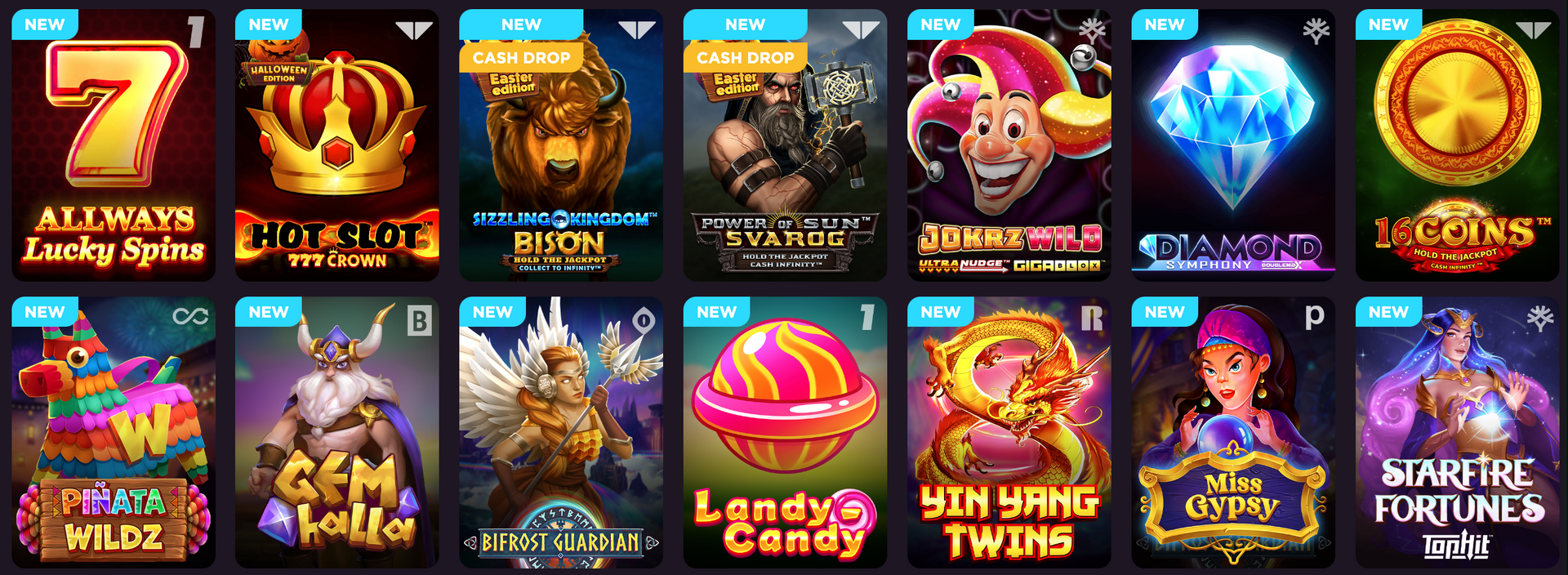There is a high possibility that after reading the first part of this Jackpot Jill Casino review, you can't wait to open an account on this website. The Jackpot Jill sign-up reward awakes an interest in the player's minds.
The only requirement for risk-takers that want to sign up to Jackpot Jill Casino is an attainment of the age of majority. According to local Australian laws, individuals younger than 21 aren't allowed to be involved in betting activities, as their consciousness is not yet sharply formed. Come back to this online club when you're older if you read this write-up immaturely. Users that comply with the age requirement are invited to find a use for the following guidance:

An observed brand is a wonderland kingdom abounding with rich rewards. Risk-takers can undertake missions with the Princess and unlock different privileges, such as Free Spins, Cash Bonus, Cashback, and much more. A reviewed brand spoils the hell out of its clients, guaranteeing every customer long-term satisfaction. Keep reading this write-up to learn all the details.

We promised to tell detailed information about Jackpot Jill VIP in this review, and it's time to deliver as promised. The VIP Program here is called «The Quest.» You'll have to travel through The Hidden Kingdom of Wealth levels with fellow friends and accumulate loyalty points. For each 10 AUD in real money wagers, players receive 1 Loyalty Point.
Progressing through this journey, you will lay your hands on magnificent rewards – Free Spins, Cash Amounts, Deposit Bonuses, and much more. We can't fail to point out other privileges that risk-takers receive when they log into VIP Jackpot Jill Club and increase their VIP tiers:
To be honest, banking instruments in the inspected platform are in short supply. This establishment supports four fiat banknotes (AUD, CAD, EUR, and USD) and Bitcoin. To invest real money into your account, you can only consider using Visa, Mastercard, Neosurf, Bitcoin, and Bank Wire Transfer. Such methods are known for their safety, but we'd like greater diversity in this area. The minimum deposit and cash-out amount is 20 AUD, affordable even for a risk-taker with a small budget.
Summing up all the information in this write-up, we can conclude that Jackpot Jill Casino is an alluring domain filled with treasures. The only shortcoming we discovered was the lack of banking methods in their Cashier section. We hope that this imperfection will be fixed shortly.